Have you ever watched a historical movie and noticed something completely out of place? Perhaps a wristwatch in a Roman epic or a modern car speeding by in a Wild West scene? These jarring inconsistencies are called anachronisms – things chronologically out of place. While often unintentional in filmmaking, the concept of anachronism offers a fascinating lens through which to view ourselves. In a world that has transformed at breakneck speed, especially in the last few centuries, we humans, in many ways, are living anachronisms. Our bodies and behaviors are still deeply rooted in a past that is vastly different from the present, and this is particularly evident when we look at activities like Dancing And Fighting.
Our physiology, honed over millions of years of evolution, hasn’t kept pace with the rapid advancements of the modern world. Consider this: the human body you inhabit today is remarkably similar to that of our ancestors from 150,000 years ago. While technology and society have catapulted forward, our fundamental biology remains anchored in a distant past. This means our bodies, even in peak condition, are essentially designed for survival in environments and under conditions that no longer dominate our daily lives. We are, in essence, operating antique biological machinery in a hyper-modern world.
This biological time lag is starkly illustrated when we compare human information processing to modern technology. While computer processing speeds double at an exponential rate, our brains, the very core of our decision-making and actions, operate at a comparatively glacial pace. A typical human brain is estimated to process information at around 4 hertz. Contrast this with modern desktop computers boasting CPUs with clock speeds exceeding 3 gigahertz – approximately 750 million times faster. This immense disparity underscores the point: our physical and cognitive systems are relics of a bygone era.
This anachronistic nature deeply influences our behaviors, often in ways we don’t fully realize. Take, for instance, dancing. Across cultures and throughout history, dance has been a ubiquitous human expression. Why? Because dance resonates with a primal part of our brain, our “lizard brain,” the ancient structures responsible for instinctive behaviors. Similarly, fighting, or combat, triggers these deeply ingrained responses. Activities like Karate, with its structured movements and inherent physicality, tap into these same ancient pathways. Intriguingly, dancing and fighting are not only both deeply rooted in our biology but have also been historically and culturally intertwined for millennia.
One of the earliest and most significant functions of dance may have been in storytelling and the recounting of important events. Beyond expressing emotions or attracting mates, dance served as a powerful medium for communication, particularly before the advent of complex language and writing. Considering that body language constitutes a significant portion of human communication, it’s logical that using the body to convey narratives was a primary form of expression for early humans.
What were the most crucial events in the lives of our prehistoric ancestors, long before the conveniences of modern civilization? Survival, fundamentally linked to hunting and gathering food. Imagine a successful mammoth hunt. Such an event would have been monumental, ensuring the survival of the group. Early humans likely celebrated such victories with spontaneous, communal dances right at the kill site, expressing excitement and relief through movement and vocalizations. Later, around the fire, as the community shared the bounty, dances would have continued, reinforcing social bonds and celebrating collective survival. Crucially, dances also played a vital role in education, with reenactments of hunts performed for children, passing down essential survival skills, including methods of combat and procuring food. This practice of methodically transmitting proven techniques through movement is considered by some researchers to be a precursor to structured forms like kata.
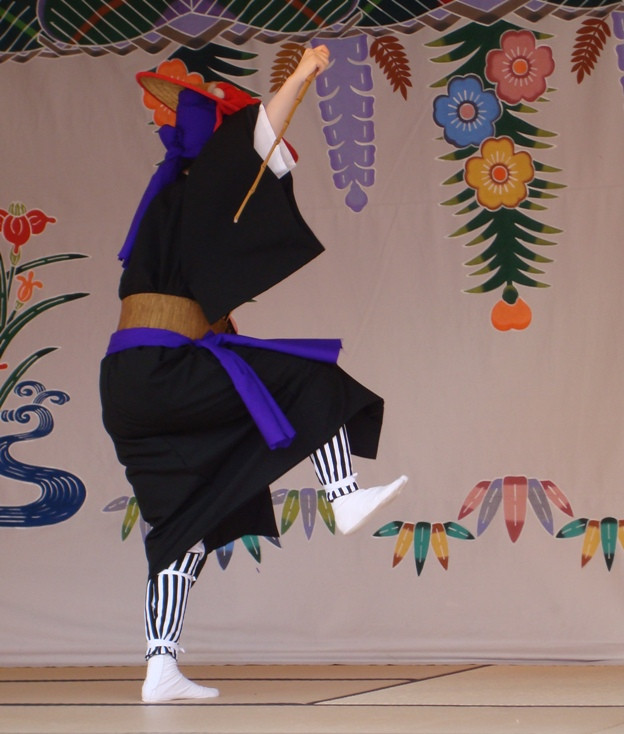
Okinawan dancers showcasing traditional movements that bear resemblance to martial arts forms.
Consider the traditional dances of Okinawa, as captured in these images. Observing these performances, one notices striking similarities to Karate kata, especially when viewed in slow motion. These dances, known as odori, are not martial arts in themselves, yet the parallels are undeniable. Some movements even echo the beginnings of well-known kata like Kanku/Kushanku and hint at elements of Gojushiho and Chinto.
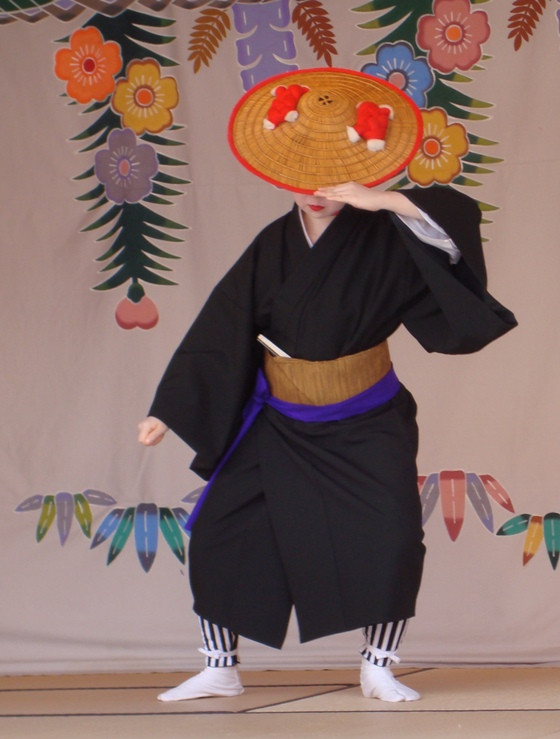
A performer in Okinawa executing a dance posture that mirrors stances found in Karate kata.
This connection between dance and martial arts is further illuminated by an anecdote involving Chojun Miyagi, the founder of Goju-ryu Karate. Miyagi Sensei, intrigued by rumors of a man named Machaa Buntoku who had learned “secret” techniques in China, visited him with his disciples Jinan Shinzato and Seiko Higa. Miyagi requested Machaa Buntoku to demonstrate his most impressive kata. Machaa Buntoku obliged, donning a Hachimaki headband and commencing a performance. However, instead of a conventional kata, he presented a series of dance-like movements. Miyagi and his students were perplexed.
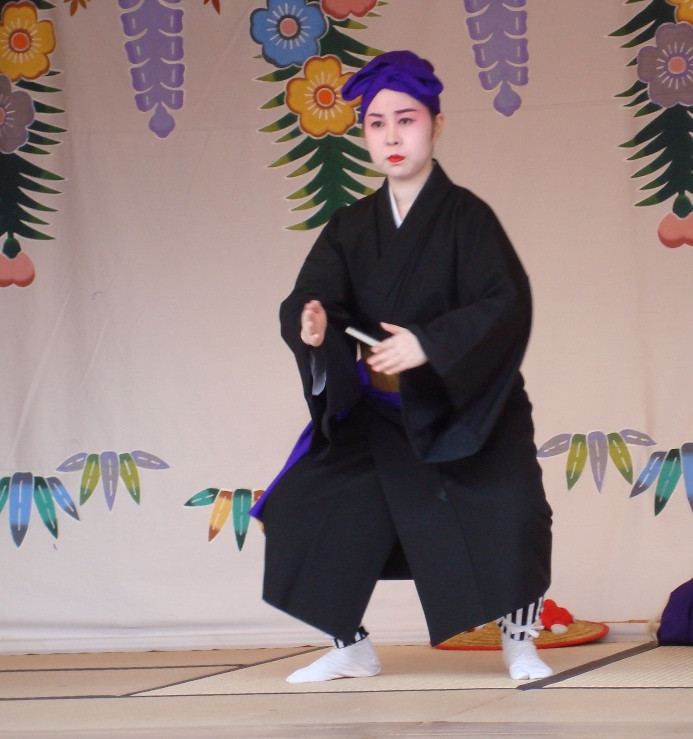
Traditional Okinawan dance movements demonstrating fluidity and controlled motion.
As Machaa Buntoku continued his seemingly bizarre dance, Jinan Shinzato, growing impatient and perhaps disrespectful, interrupted, exclaiming, “Enough dancing! Show me your fighting skills! I will be your opponent!” Shinzato then launched a Karate strike at the elderly dancer. To their astonishment, Machaa Buntoku, with fluid, dance-like movements, swiftly evaded the attack and threw Shinzato to the ground, injuring his back and undoubtedly his pride. The group, realizing they had profoundly misjudged the situation, quickly excused themselves and departed in silence. The lesson was clear: Machaa Buntoku’s “dance” was, in fact, his most effective fighting technique, a concept utterly lost on those expecting a more conventional display of martial prowess. This story powerfully illustrates that the line between dancing and fighting can be surprisingly blurred, and that movement, whether labeled as dance or combat, can be deeply effective.
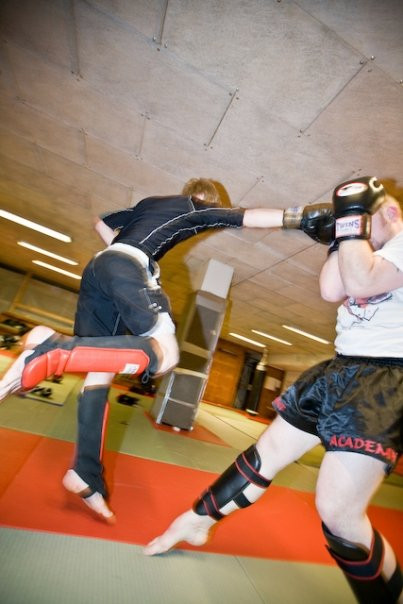
A Thai Boxing instructor exhibiting dynamic movement and balance, reminiscent of dance.
Even in modern combat sports, the echoes of this ancient connection persist. Observe a Thai Boxing instructor in action. The fluidity of movement, the rhythmic footwork, the dynamic shifts in weight and balance – it often resembles a brutal, yet beautiful, ballet. The precision and grace inherent in effective fighting techniques often mirror the aesthetics of dance.
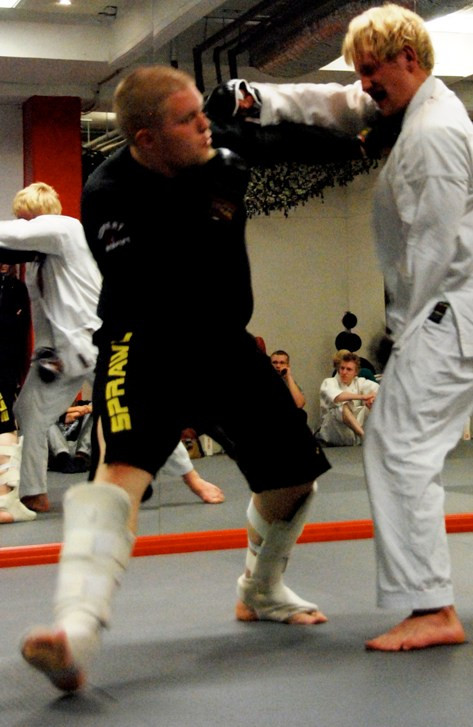
Footwork in a combat scenario, showing patterns and steps akin to folk dance.
Consider the footwork in various martial arts. The intricate steps, the pivots, the circling movements – they can evoke images of folk dances, even something as structured as Riverdance. Whether it’s the deliberate patterns of a traditional folk dance or the reactive footwork in a sparring match, movement is fundamental to both.
In conclusion, the intertwining of dancing and fighting is not a modern invention, but rather a reflection of our deeply rooted, anachronistic human nature. We are beings shaped by a past where survival depended on both physical prowess and communal expression. Dance and combat, seemingly disparate activities, are in fact two sides of the same coin, both tapping into ancient instincts and fundamental human needs. This enduring connection reveals a profound truth about who we are: creatures of both rhythm and resilience, forever carrying echoes of our caveman past in our movements and our minds.
